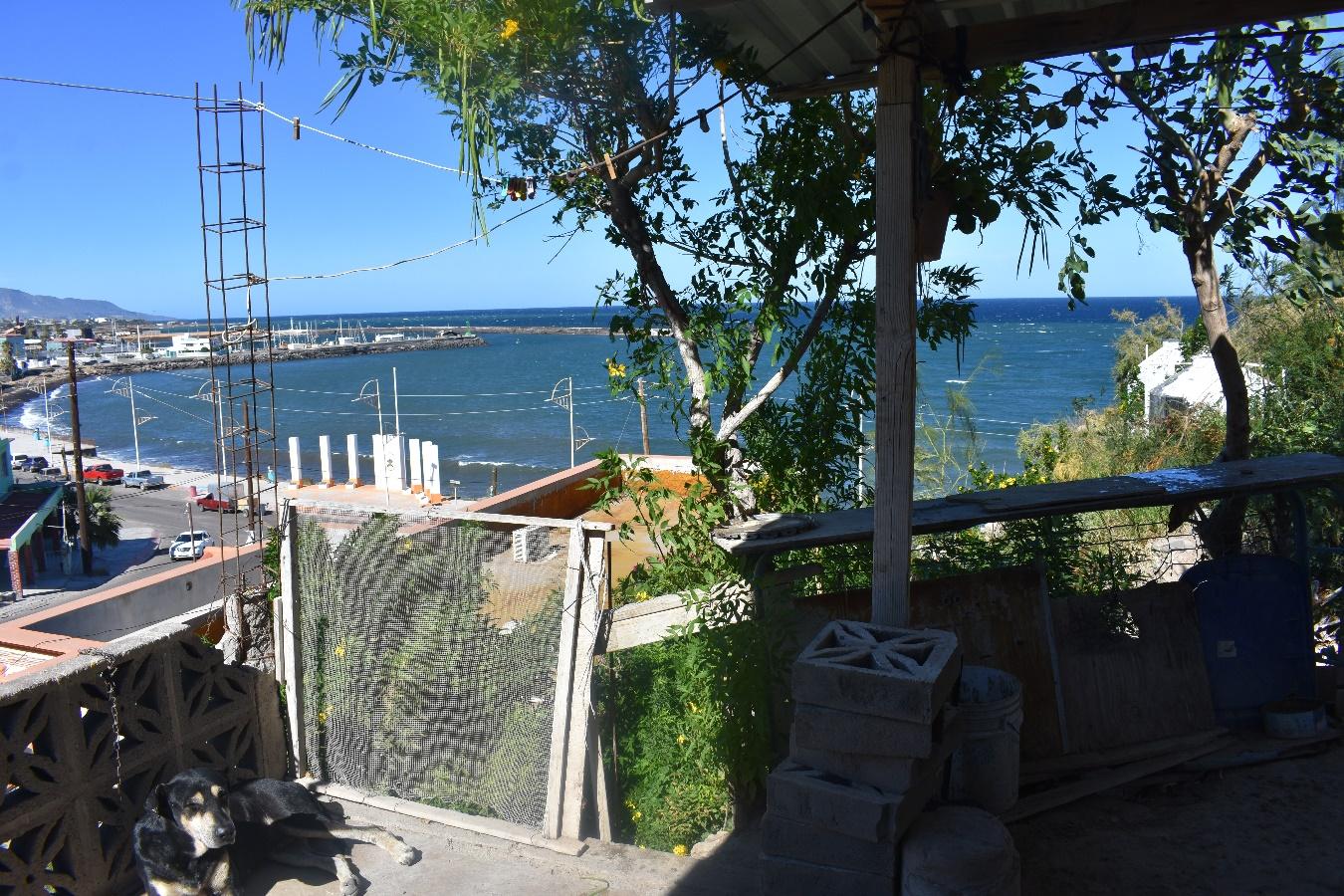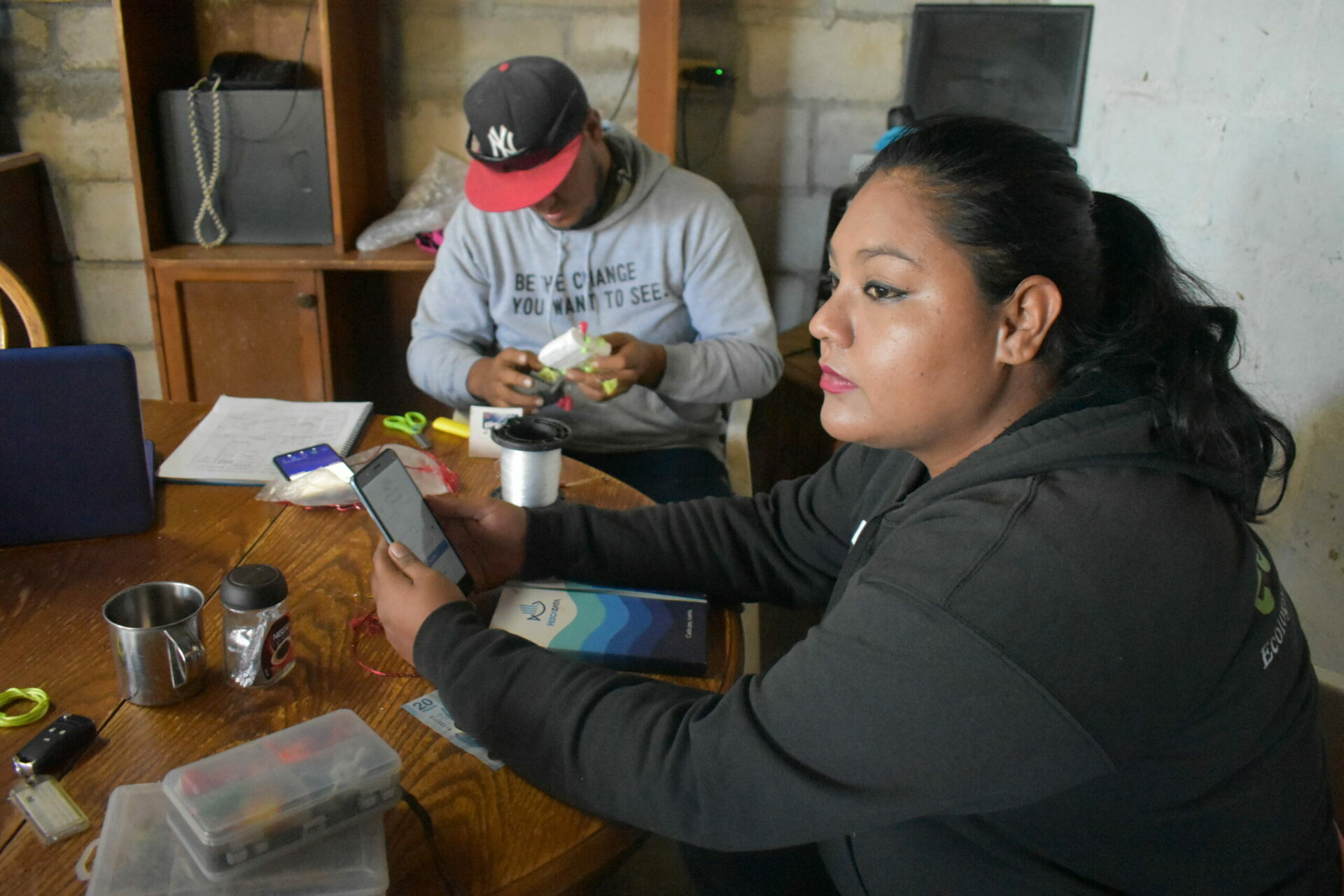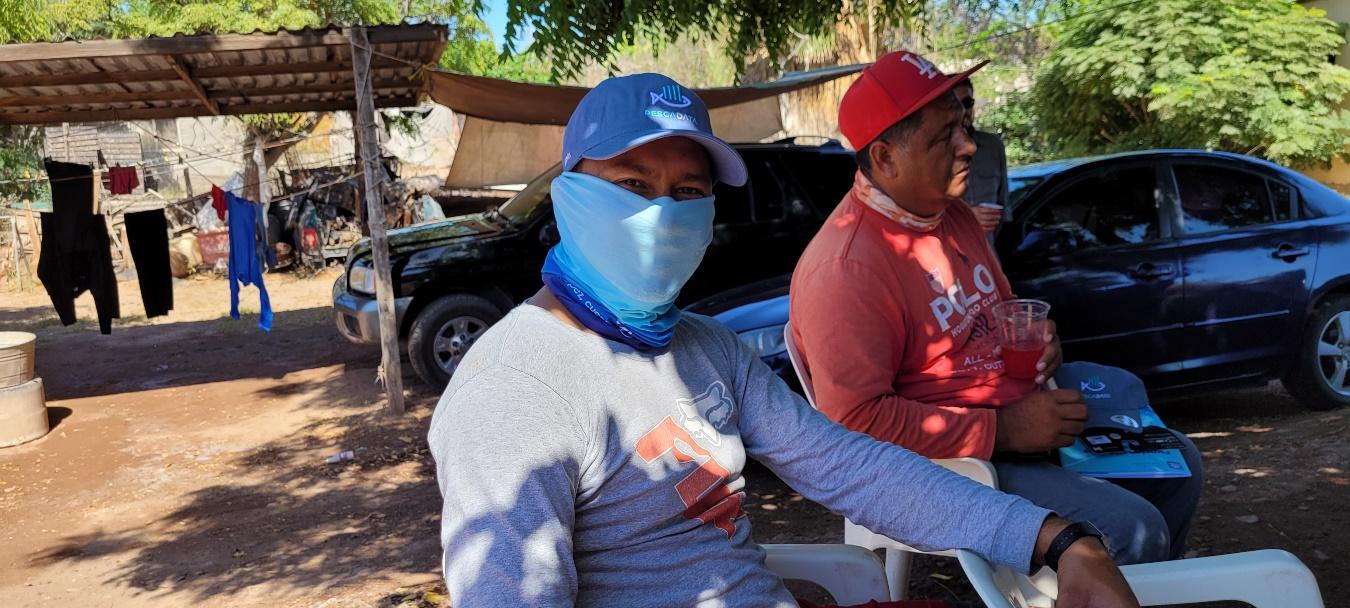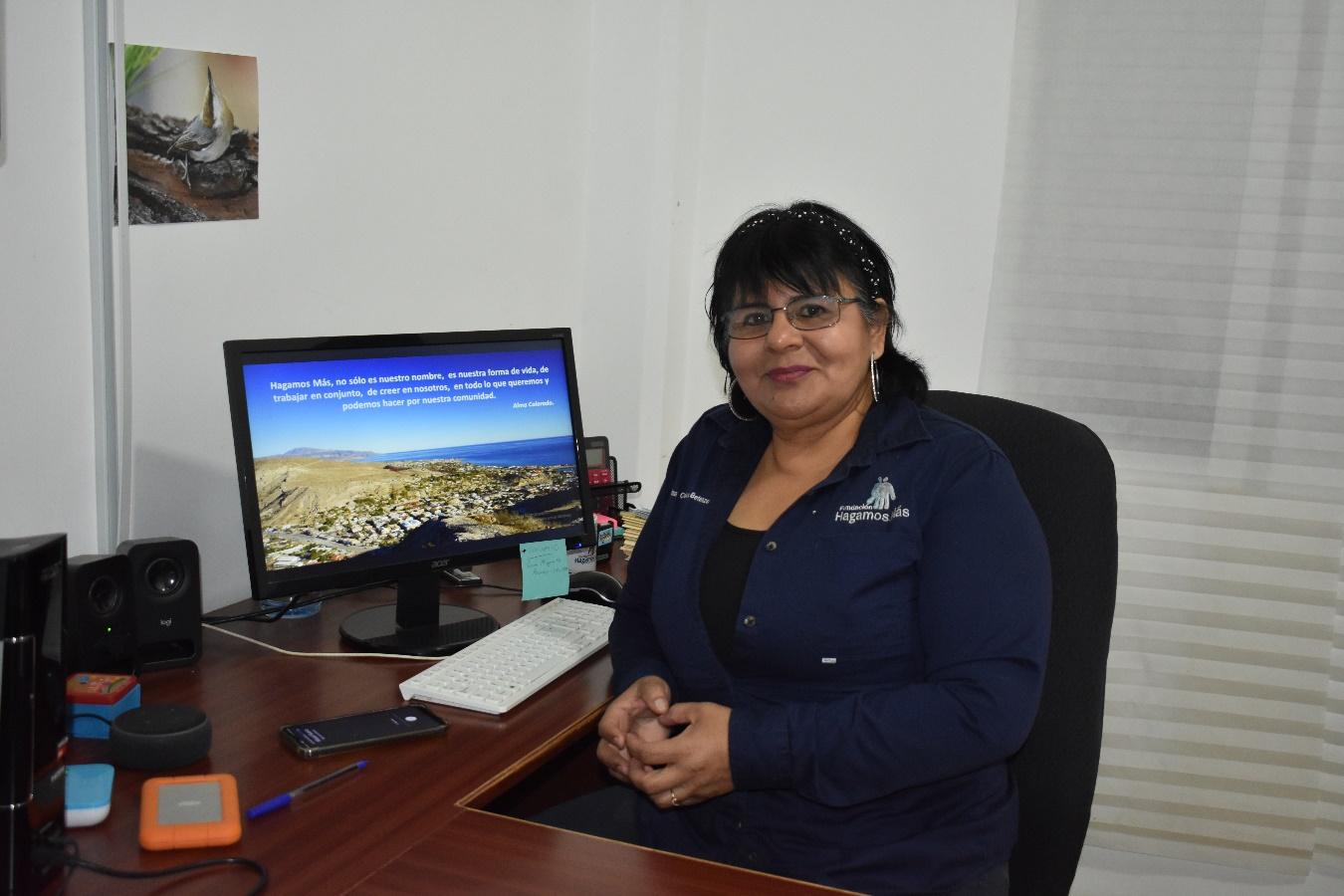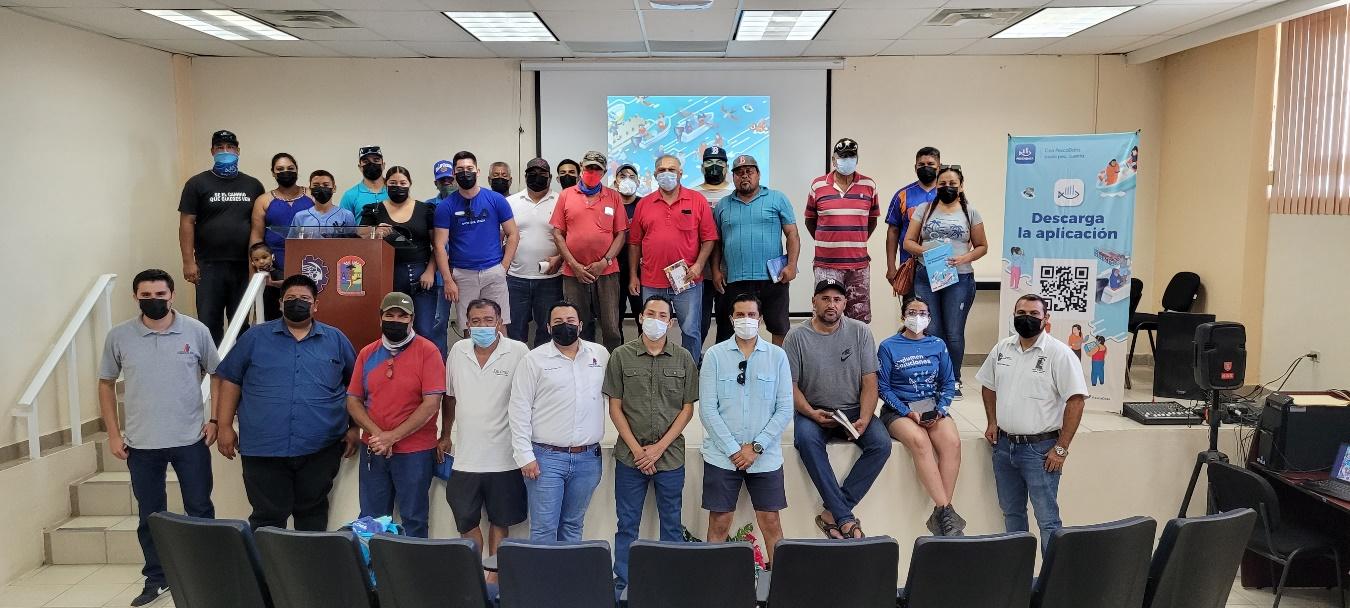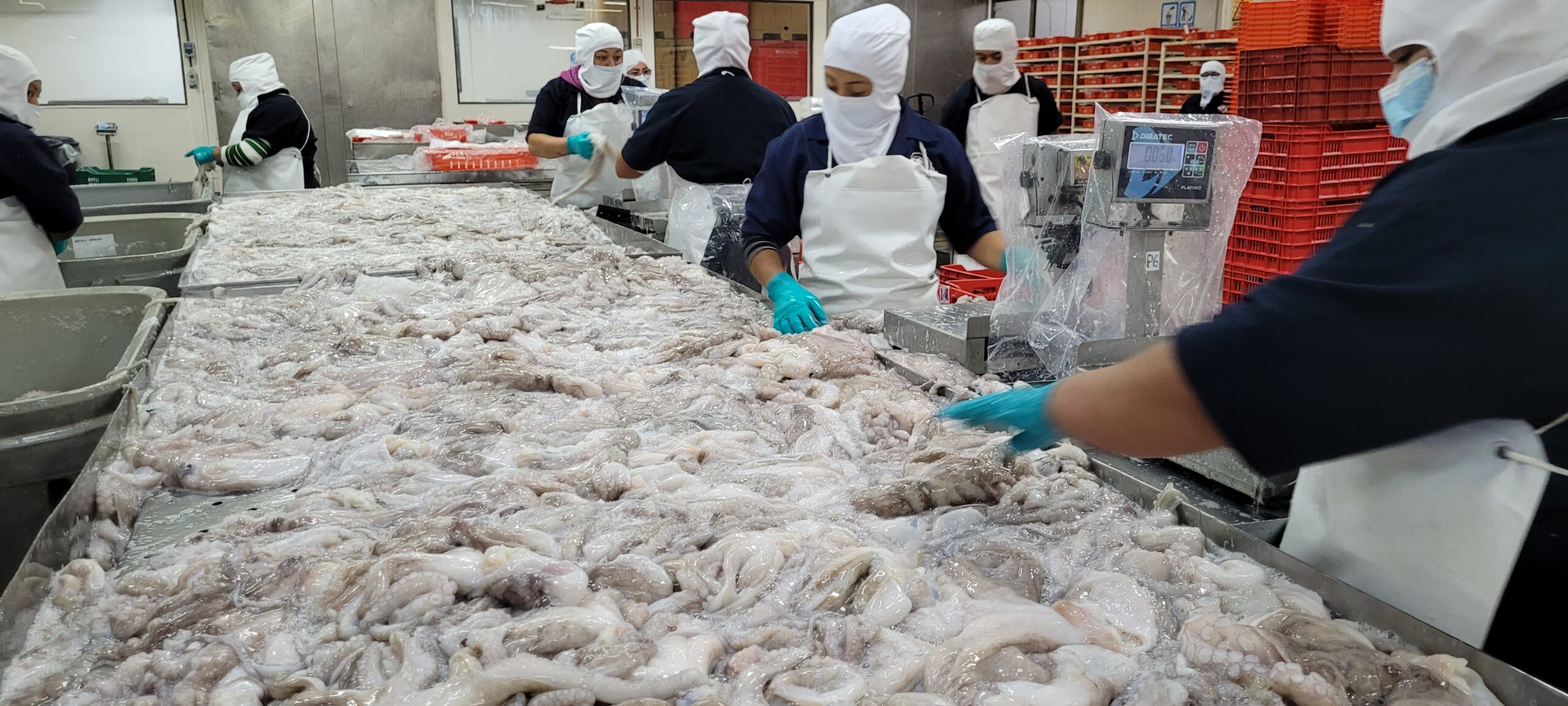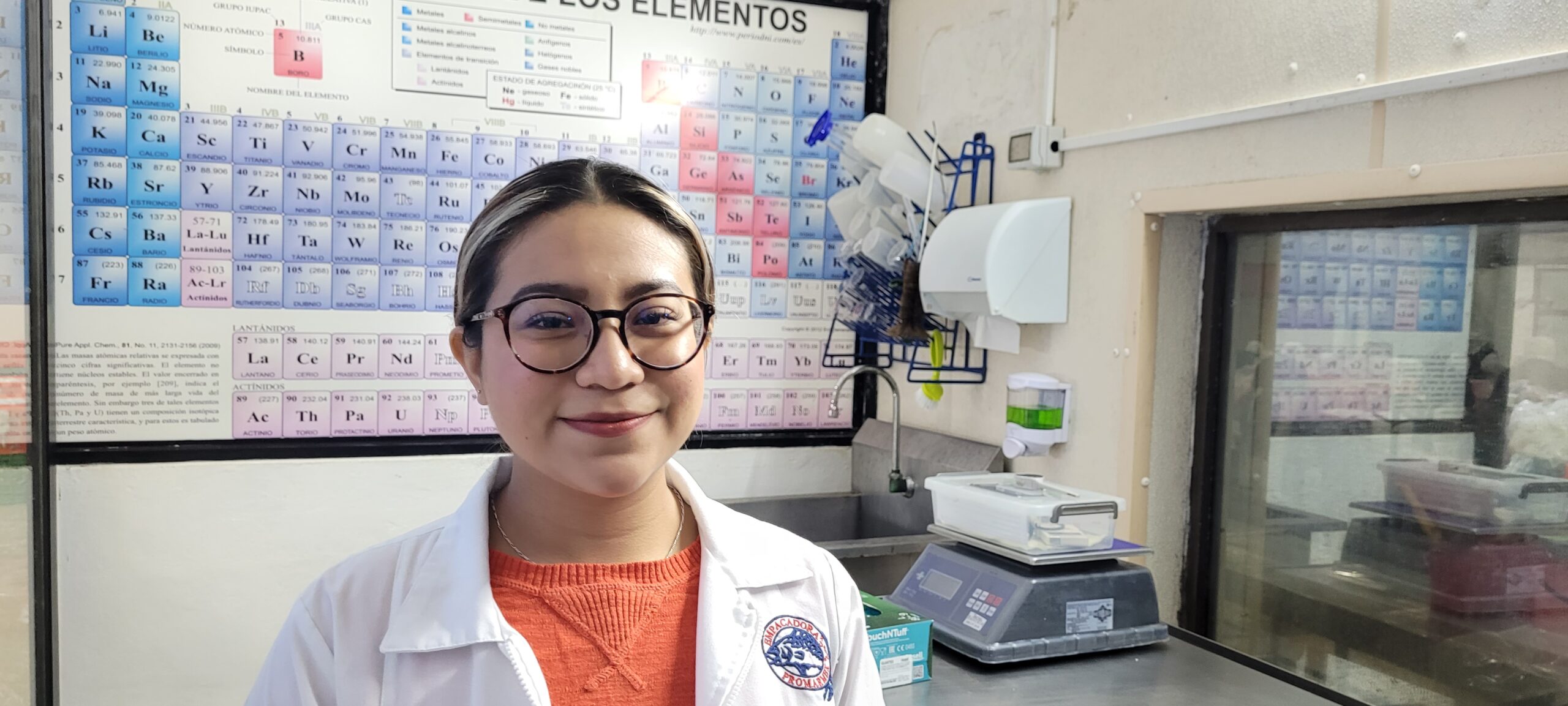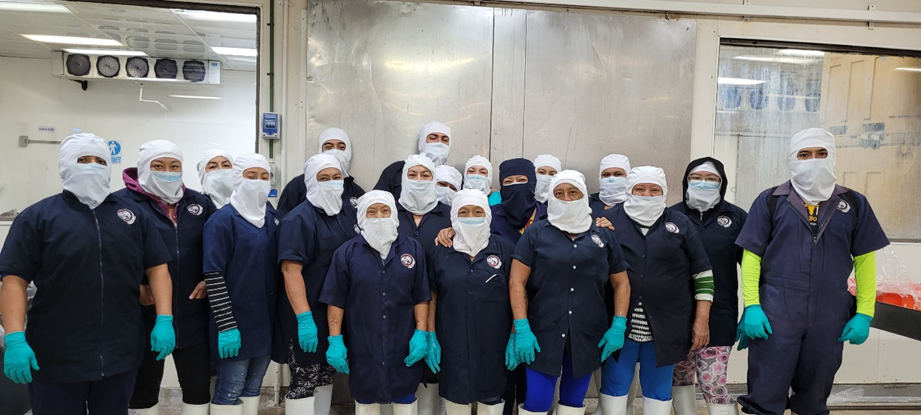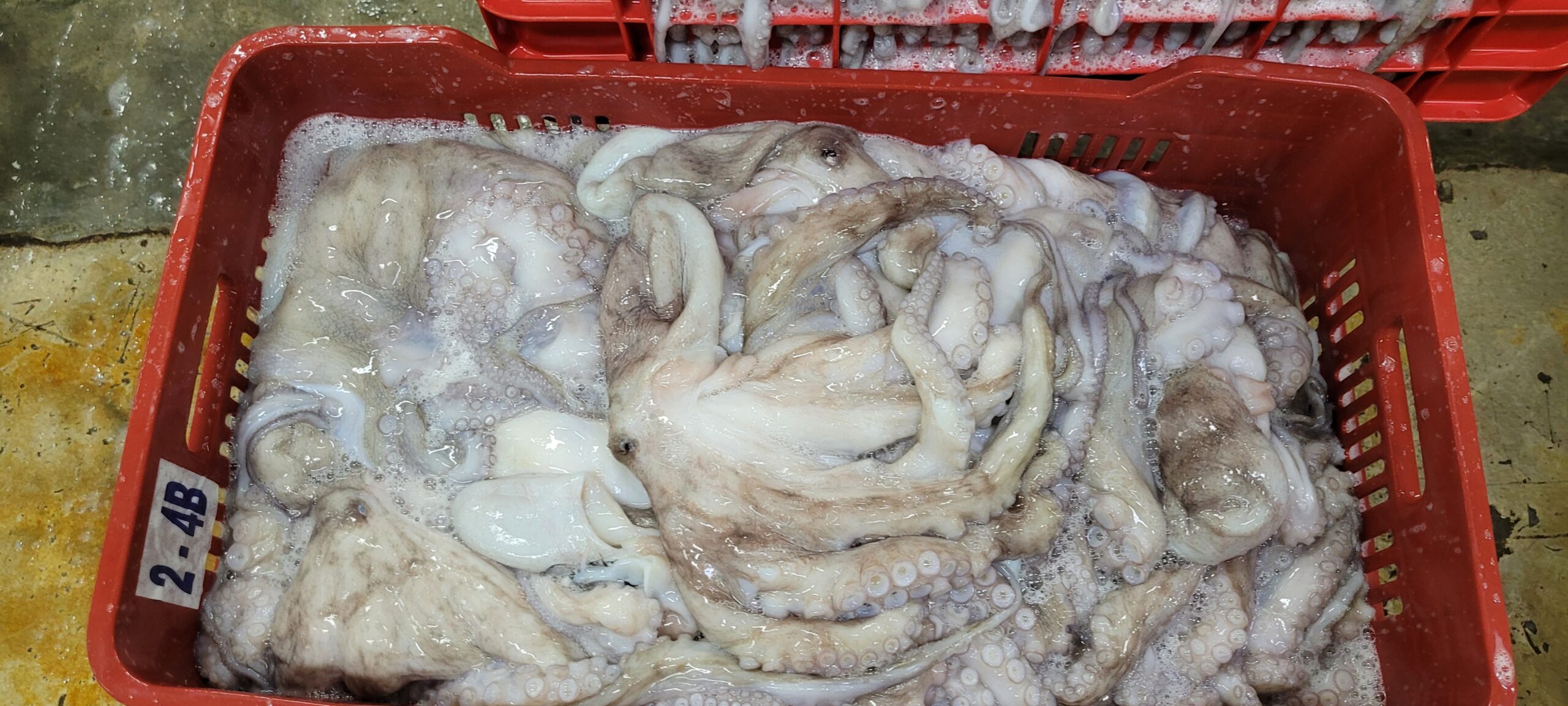Odyssey Among the Seas
Due to the extension of its coastline and the upwelling processes that exist in Baja California, the community of El Rosario is a central point of reference for artisanal fishing. “The work of a fisherman is very noble and for this reason we must take care of what we catch so that it lasts longer,” says Héctor Martínez, Assistant Manager of the Ensenada Fishing Production Cooperative. With more than 30 years as a cooperative society, the S.C.P. P Ensenada has managed to provide the necessary tools to its staff, as well as participate in community projects, fishing refuge zones and implementation of strategies to achieve fishing sustainability, all this has been possible thanks to its core values such as community collaboration. Ensanada has worked together with more than 60 partners who have managed to leave a positive mark on the marine ecosystem. The participation of scientists, academics and non-profit organizations has helped determine the tasks and approaches needed to carry out projects that encompass traditional and scientific knowledge and above all, resilience.
Ensenada has been implementing solutions focused on the sustainability of fisheries and food security. One of the projects last year was born out of the need to end the embarrassing processes of using paper, napkins, cardboard and individual delivery every 15 days in person. “Before I was the only one who recorded the information of the catches, I spent many hours at the end of the month to enter the information in Excel, But when they told us about PescaData, it caught my attention, because everyone uses a cell phone,’’ says Hector Martinez. “Even at this time we do not go out without a phone, and the application works without the internet, so everyone can register their information automatically.”






